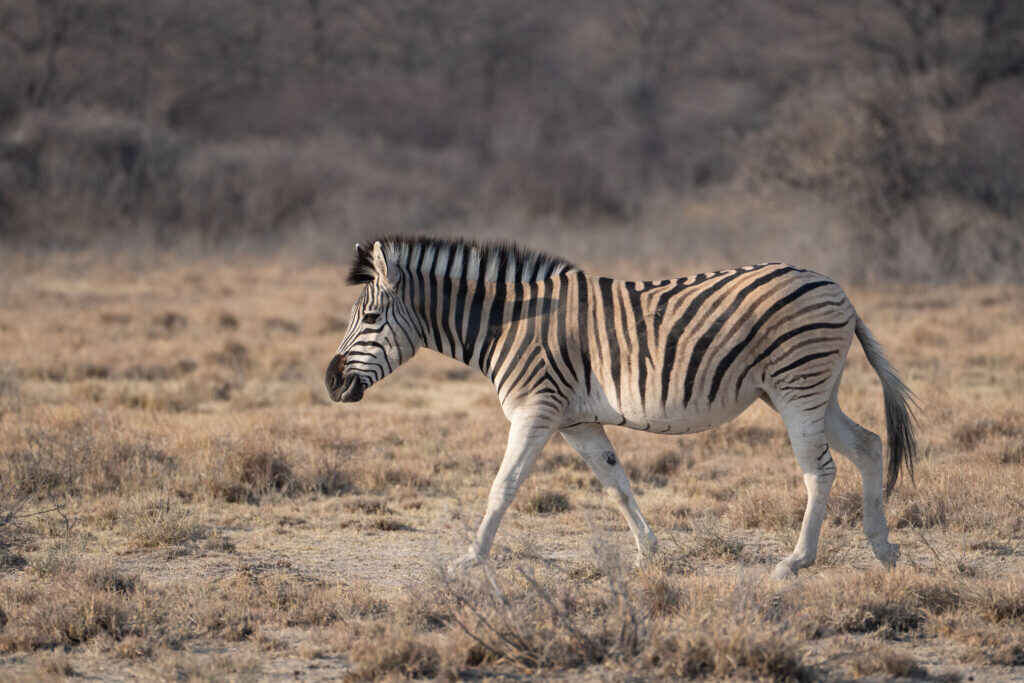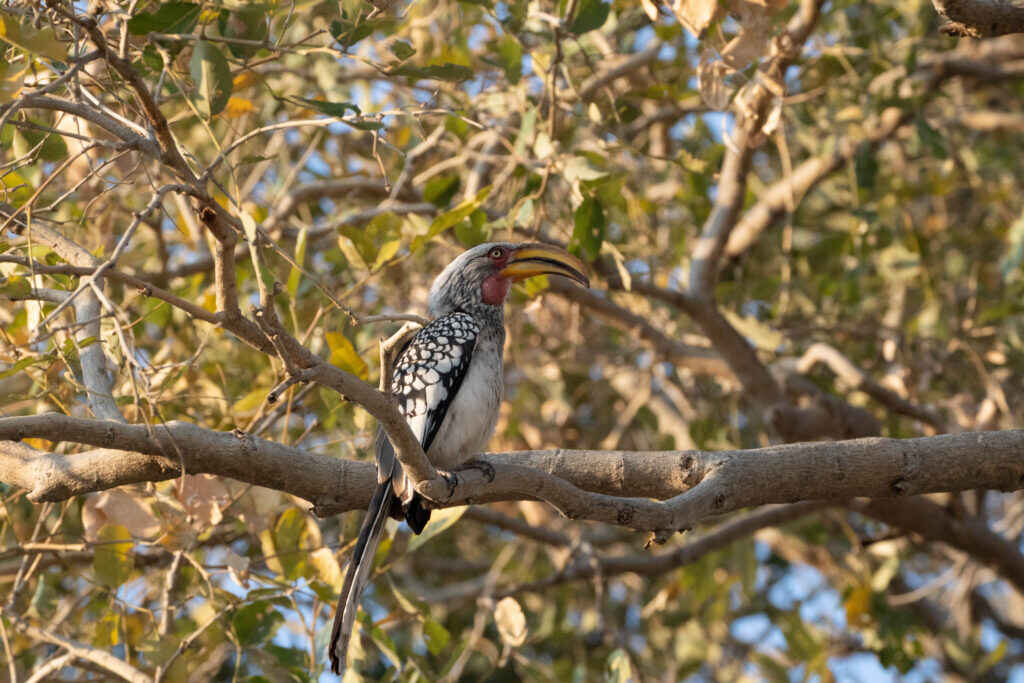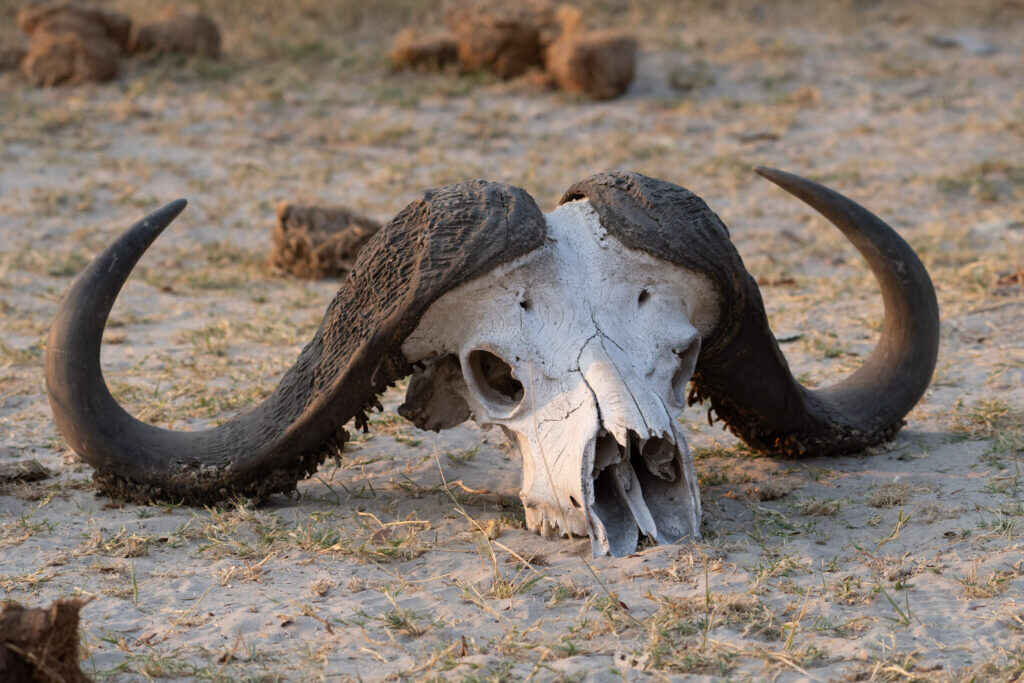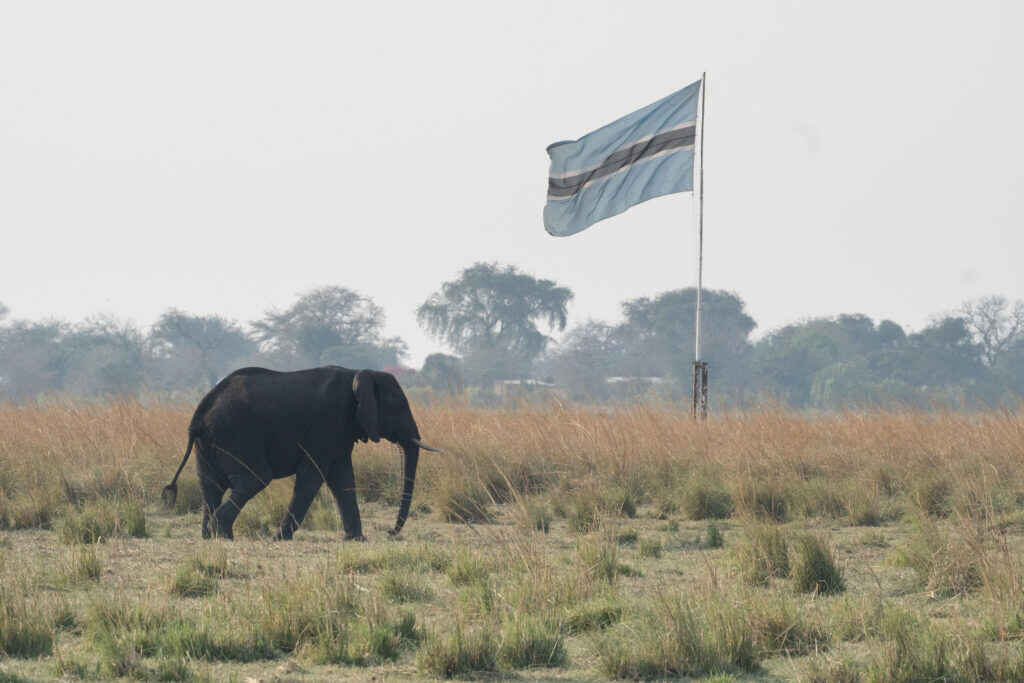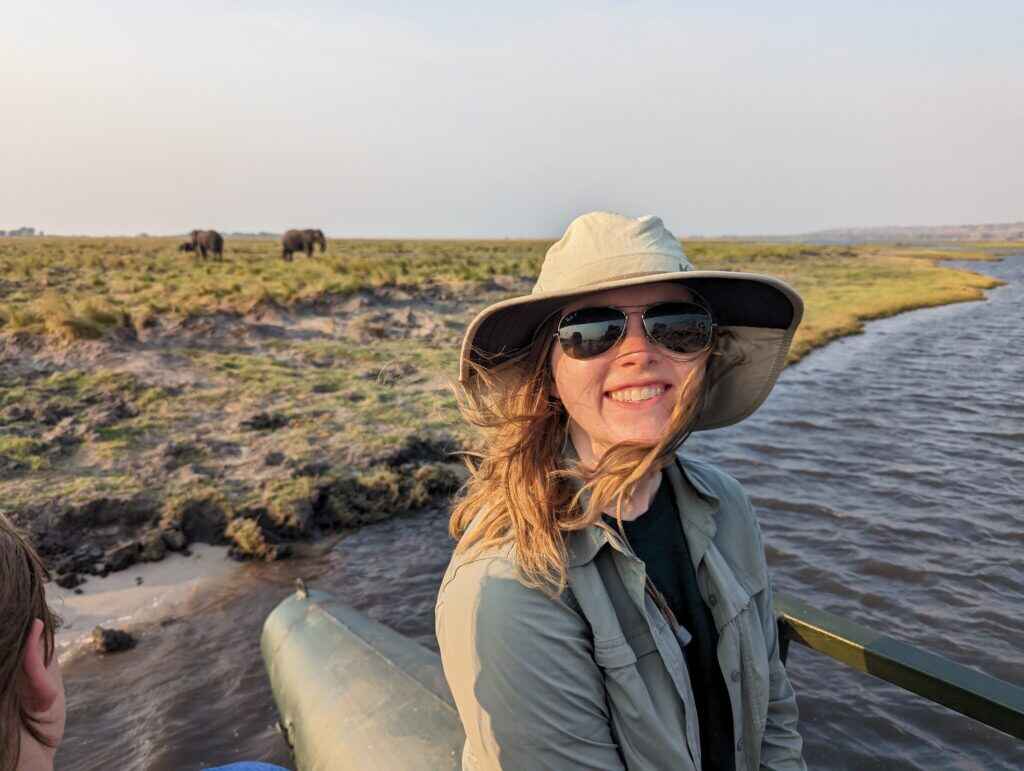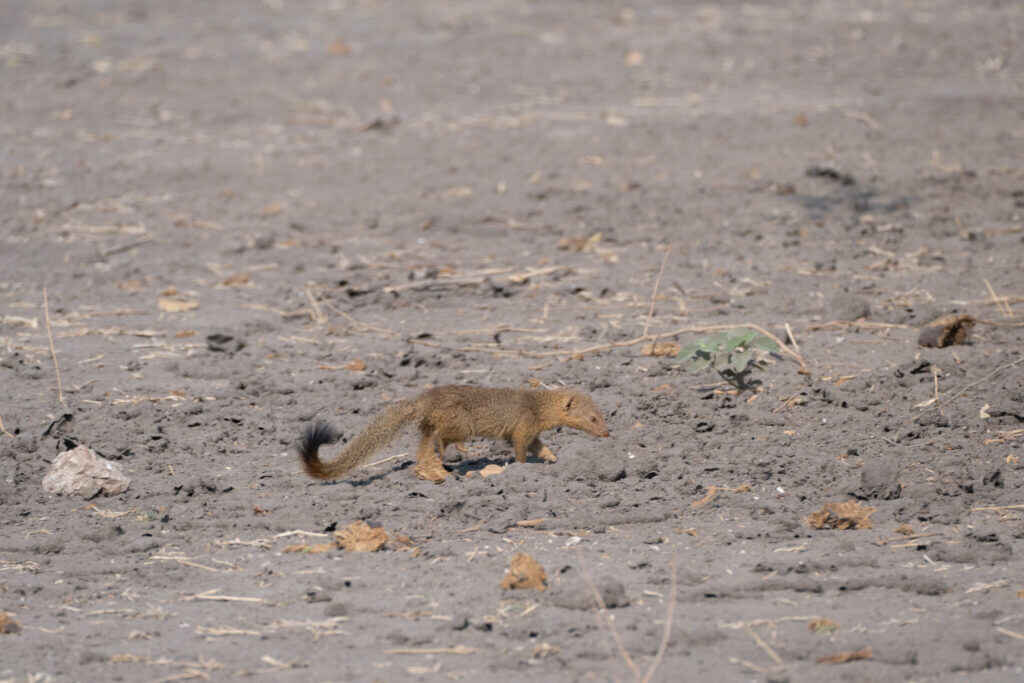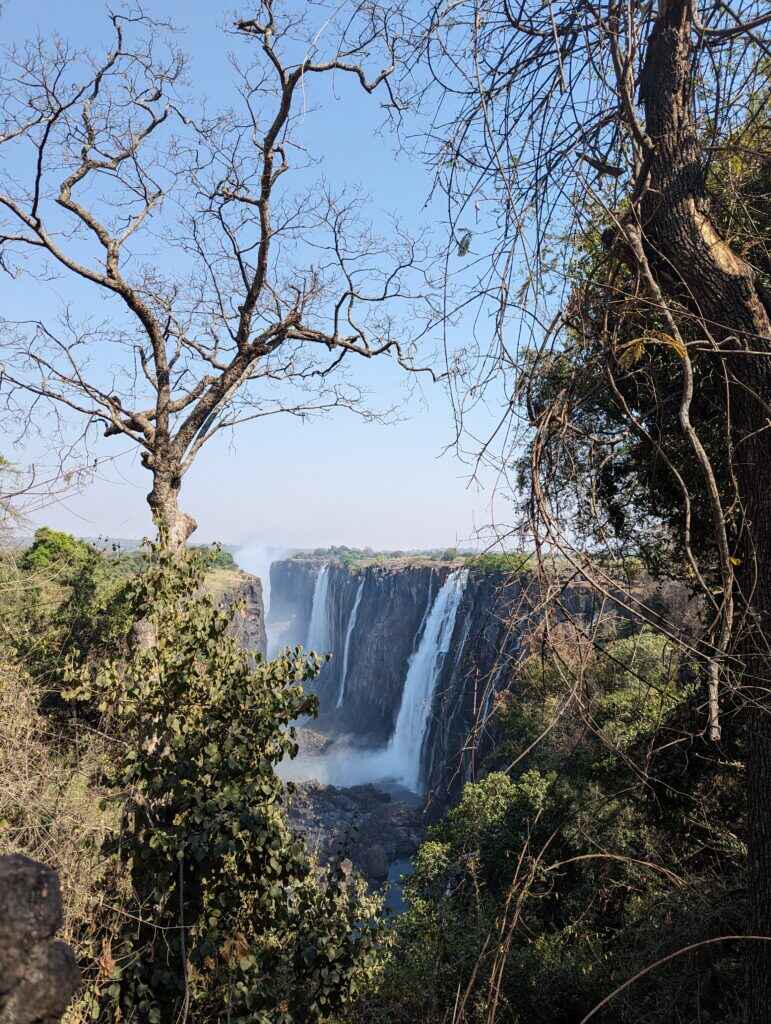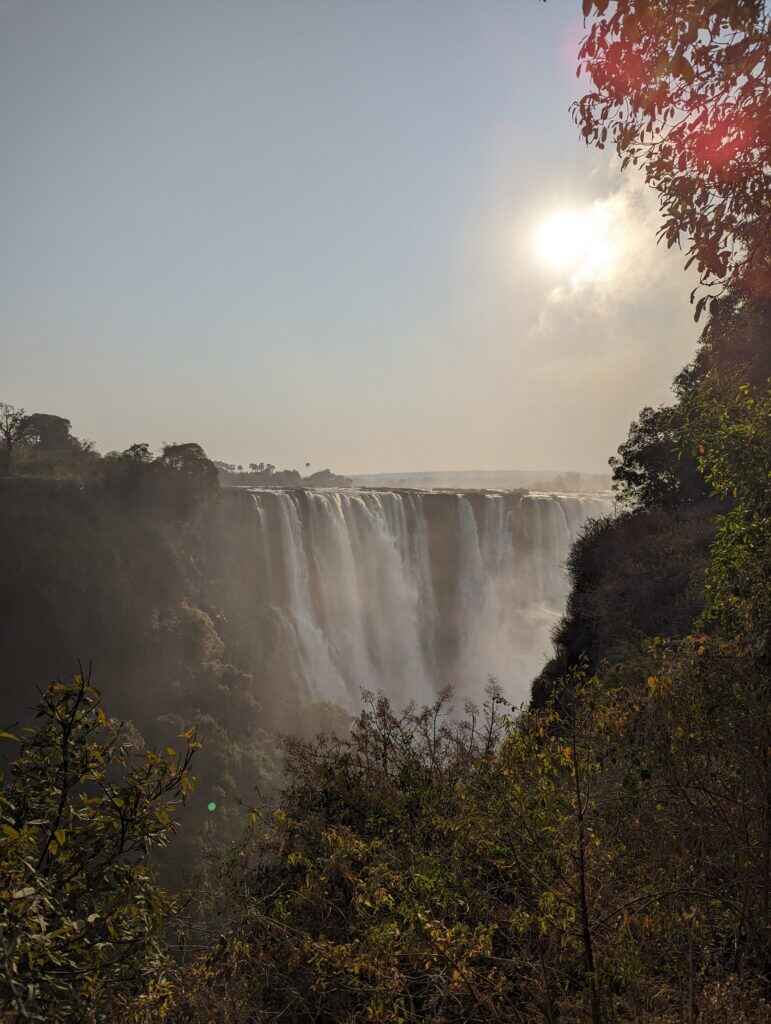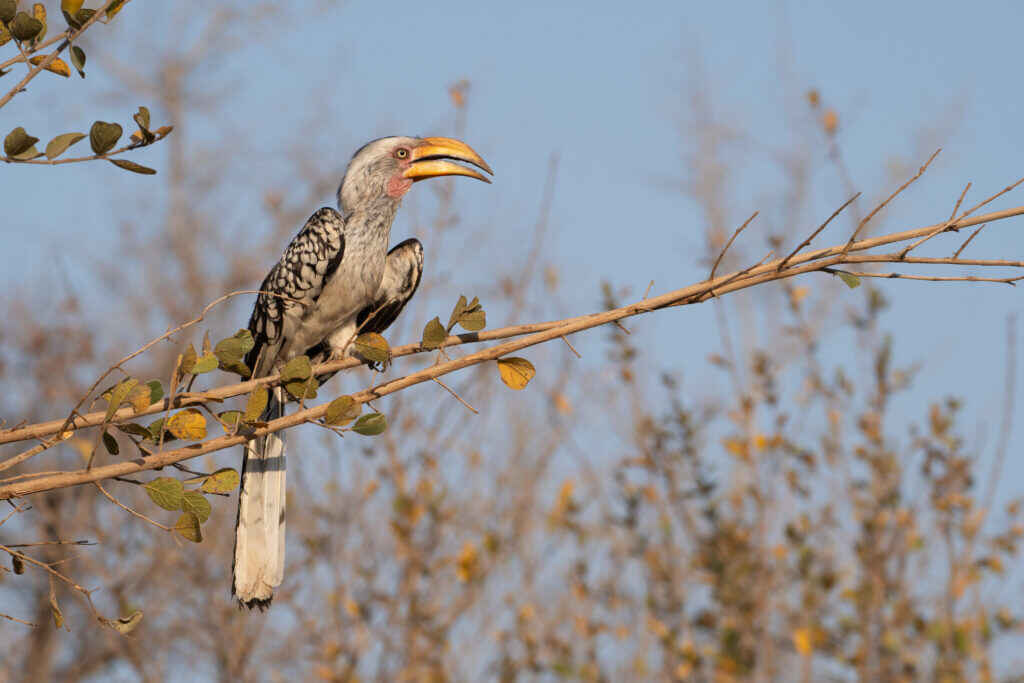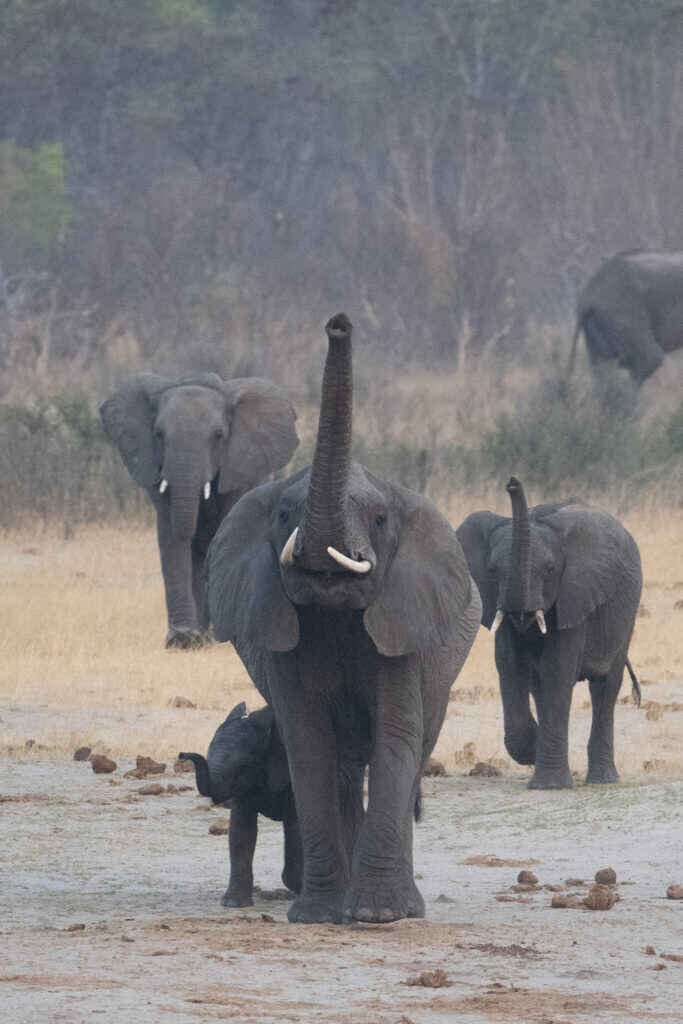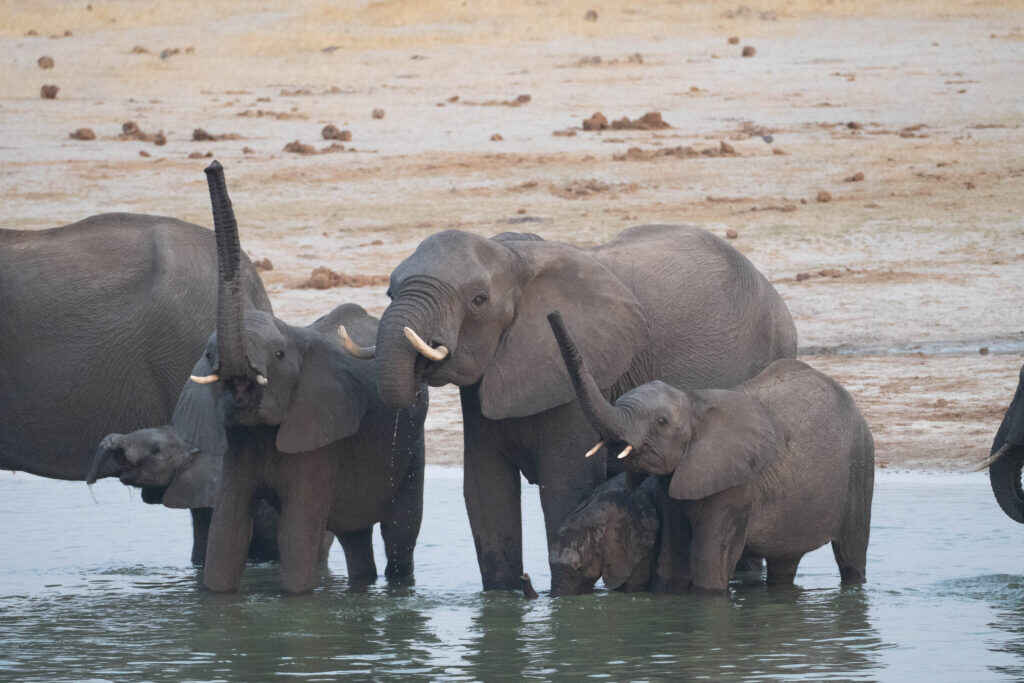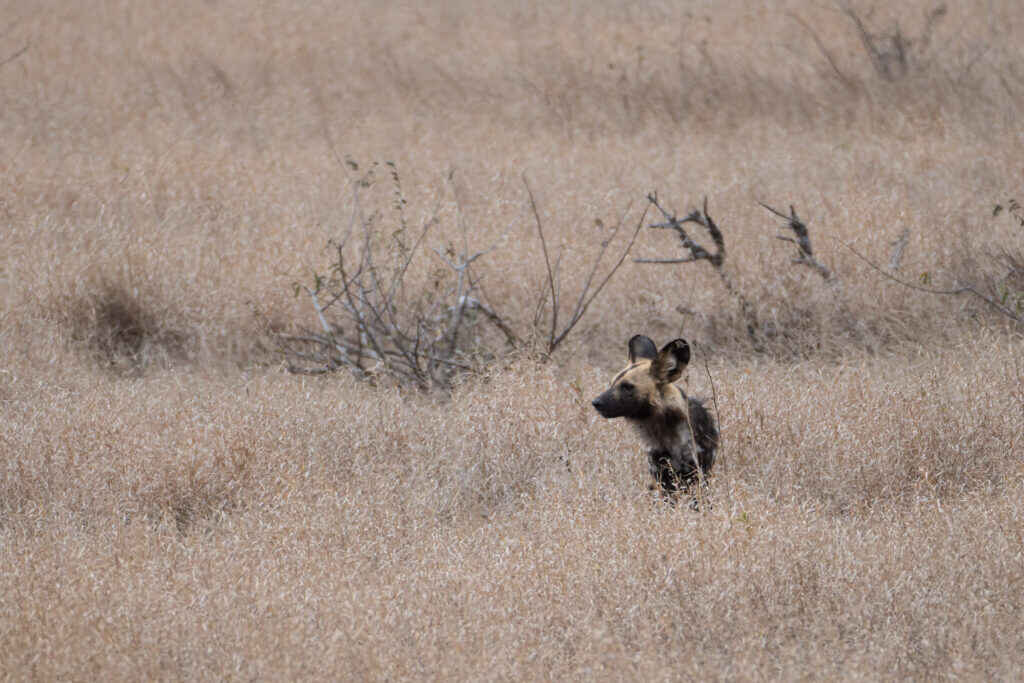After finding my first matcha latte in 3 months (thank you JoBurg), we started our camping safari through Botswana, Zimbabwe, and South Africa. While this part of Africa is less heavily populated with animals than eastern Africa, it is still incredibly impressive and fun to explore. We completed the “Big 5” and got to see some rare creatures such as the painted dog and serval.
Botswana
Khama Rhino Sanctuary
Rhinos are one of the most difficult members of the “Big 5” to find. Black rhinos are endangered and white rhinos are threatened. We were able to see both while camping in the sanctuary.
White rhinos are much more sociable and less aggressive. Black rhinos tend to be by themselves and are quite dangerous if you run into them in the wild. We saw one black rhino who grew up around white rhino so he thinks he is a member of the white rhino family and tends to be more sociable and easier to spot. Another interesting thing to note is that the names have nothing to do with the color of the rhino. It is a mishearing of how the Dutch described the white rhino’s mouth. They were saying “wide” and the British heard “white”.
Okavango Delta
The Okavango is one of the most remote places in Africa and is the only inland fresh water delta in the world. It is so large you can see if from space at the end of the rainy season. We drove out to the Delta on 4×4 (about a 2 hour off-roading drive) and then took a 2 hour Mokoro (local canoe) ride to our campsite.
We stayed in the Delta 2 nights and got to explore on foot with local guides. We both loved getting to know the local guides. Our main guide had amazing eyesight and was able to point out wildlife we could barely see with our binoculars.
All of our experiences in the Delta were either by foot or by mokoro. During one game walk, we came across a large male elephant and could stay far enough away to observe safely.
One evening, we took the mokoros to the main hippo lagoon to watch the sunset. I’ve never been so close to a hippo in my life. I trusted the locals to know what they were doing (they were crazy close to the hippos too), but it was one of the more intimidating (and cool) experiences of our safari time.
Since the Delta is one of the most remote places in Africa, and the world, we had a lovely view of the stars. We also had a big campfire each night to help keep the animals away while we slept.
After leaving the Delta, we took a scenic flight over the entire Delta to get a better perspective. It was absolutely beautiful. It seemed like we saw an elephant every time we looked down and we saw a massive herd of wildebeest.
Chobe National Park
Chobe is one of the most famous parks in Africa. It is known for the sheer number of elephants who take up residence in the park. We enjoyed a river cruise and a game drive in this amazing place. Between the two, we saw over 100 elephants. You would never guess elephants are endangered after traveling through Botswana and Zimbabwe.
At one point during our game drive, our driver stopped as elephants were crossing the road. One of the family members was not a fan of us being so close and came within about 1 foot of my face (another terrifying in the moment, cool in hindsight situation). Elephants have great memories and have different reactions to cars in different countries. In Botswana and Zimbabwe they are kind to cars since poaching has been curbed. In Mozambique, they are known to flip cars over since poachers usually shoot them from cars.
Victoria Falls
Victoria Falls is known as one of the wonders of the natural world. It was beautiful to explore and a fun town to see. The falls are in a canyon that is about 70% in Zimbabwe and 30% in Zambia. We took a day to explore both sides. It was fun to walk between two countries and see such a beautiful part of the world.
That evening, we got to go on a night game drive with the best game driver we had during our time in Africa. He was patient and incredibly knowledgable. We learned so much and got to explore Zambezi National Park.
Hwange National Park
The next day we visited Hwange – another park famous for elephants. During our game drive, we saw over 150 elephants. At one point, there were ~100 around one watering hole. It was one of my favorite moments of our safari.
Painted Dog Conservation
One our way to another famous park, we got to stop at a nonprofit focused on saving painted dogs. Painted dogs (also known as African wild dogs) are endangered and absolutely beautiful. They also have one of the highest hunting success rates of any animal in the savannah.
Matobo National Park
On my birthday, we got to explore Matobo National Park. Matobo is home to both black and white rhinos. They are protected by armed guards since rhino poaching has become such a major issue. We were able to hike out to the rhinos and see them up close – an absolutely unforgettable experience.
The park is also home to 25,000-year-old cave paintings. They are in remarkably good shape and were fascinating to see.
Kruger National Park
After exploring Zimbabwe, we crossed back into South Africa to see Kruger – a park almost as famous as the Serengeti and about the same size as New Jersey. We spent a couple of days camping in Kruger and enjoying game drives. A couple of highlights –
- Everywhere we turned we saw elephants. Elephants are our favorite animal so we loved getting to watch them, especially the baby elephants.
- As we were driving, we came across a massive herd of water buffalo. We had only seen groups of ~10-15 so it was quite the experience to see hundreds of them together.
- We got to see painted dogs in the wild and they were stunning. Our driver came across an entire pack and we got to watch them wander, their massive ears popping up out of the tall grass.
After finishing up our time in Kruger we headed back to JoBurg, stopping at the world’s 3rd largest canyon on along the way.
This safari ended our time in Sub-Saharan Africa, but we will definitely be back.




